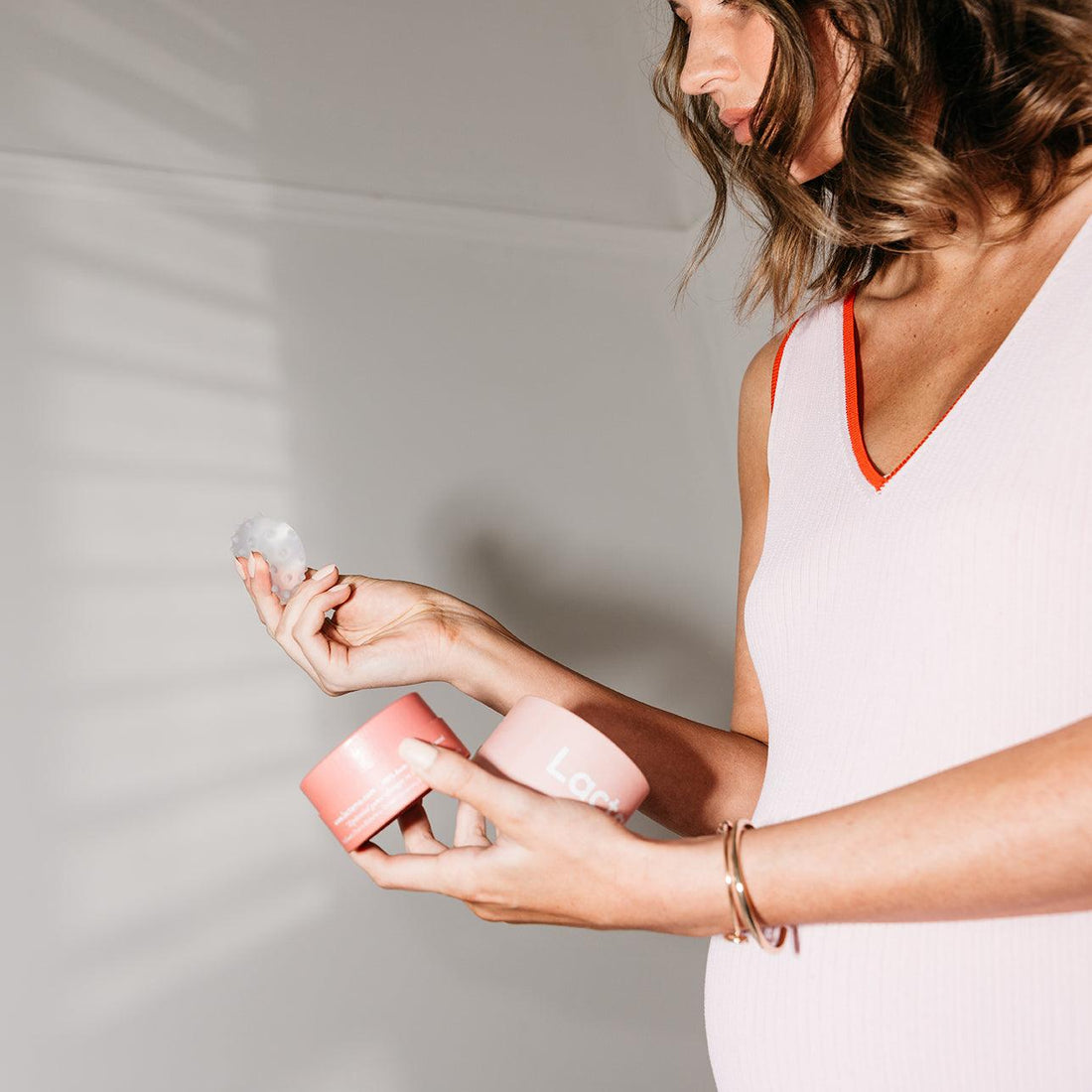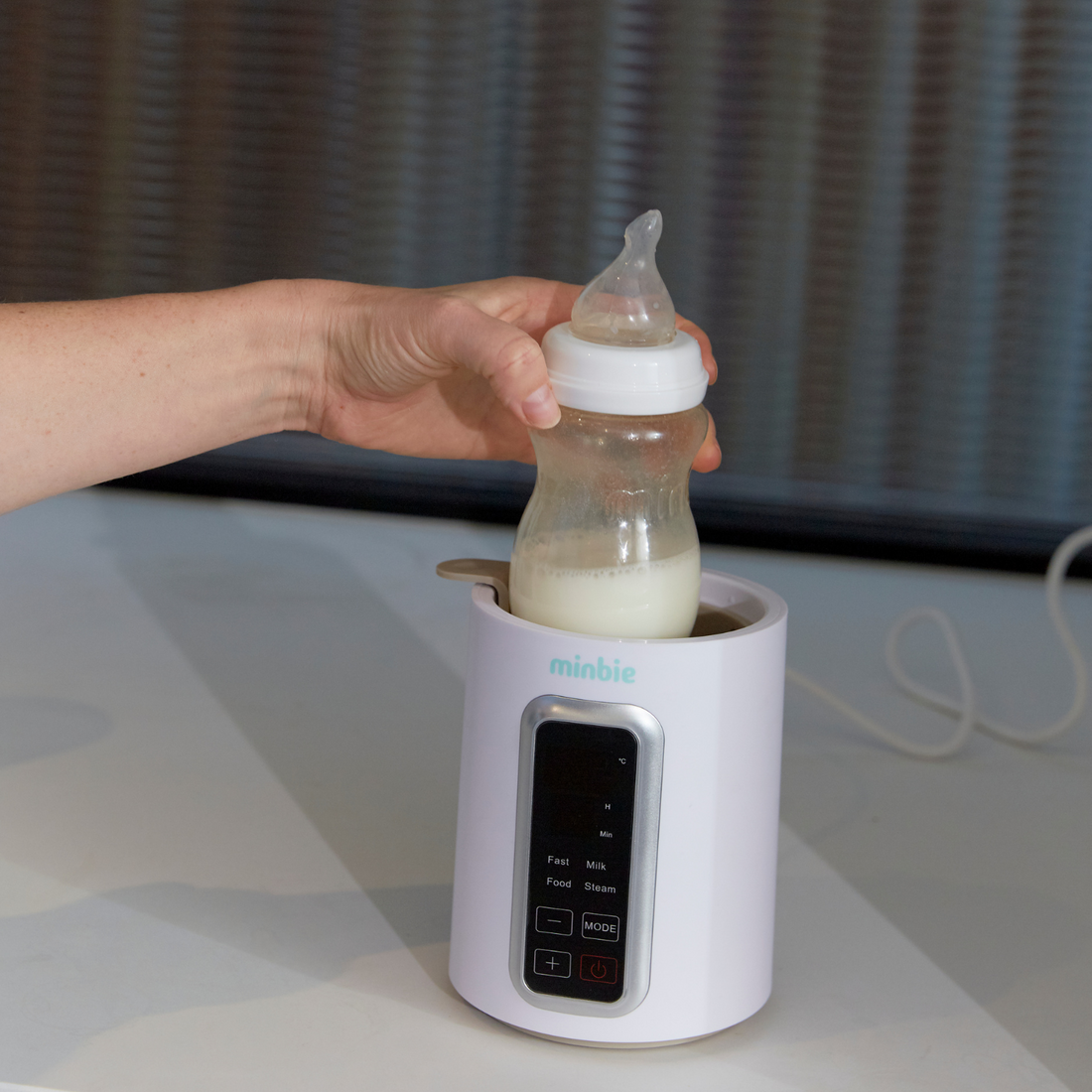Here’s exactly what to consider.
Whether you took six weeks or 12 months mat leave there is every possibility that you’ll still be breastfeeding when you go back to paid work. And amongst all the logistics that need to be organised in order for you to get back to your paid work, you may not have given much to how you will continue to breastfeed. So we’ve taken that part of the mental load off your shoulders and compiled this handy list of what you need to get yourself sorted.
1. Ask if your office has a pumping room.
This is something that is increasingly becoming the norm, but if yours doesn’t you’ll need to look for a space where you can relax and pump, or feed, in comfort (so, not a toilet). “Comfort” means something different to everyone but if discretion is a priority you’ll likely want a space that’s not visible to other employees. Read our letter to businesses on the kind of space they can create to support those returning to paid work while breastfeeding.
2. Get yourself some pumping essentials.
First of all you’ll obviously need a pump at hand, and also some storage bags to keep your precious milk safe. Confused about how to store your milk? Watch our video here. At home each night you’ll need to clean the pump and each of its parts efficiently. Here’s a collection of the best products that do just that.
3. Find the pump that works for you.
While at home, it may not matter if you’re tied to the power plug, but at work, portability, comfort and efficiency are key. Youha The One and the Minbie Breast Pump are both portable and hospital grade, meaning they have powerful motors, work fast and efficiently and you can choose different suction strengths, personalising the mode that works for you. And, if you want a truly portable and hands-free experience, the best-in-class is the Youha Embody. This genius innovation is completely wearable (no tubes or wires!) and is efficient, comfortable and fits inside your bra so get about your business throughout the day.
4. Set your schedule.
Generally pumping takes about 15 minutes depending on your milk flow and the type of pump you’re using. If you're sticking to a pumping schedule (ie. pumping at the same time as when your baby would normally feed), you’ll need to take that into consideration when setting or confirming any meetings. While your days may not revolve solely around your baby anymore, your body is still operating like it is, so you’ll need to be mindful of that so you feel comfortable and in control at all times.
5. Get your baby acquainted with a bottle
For a baby, drinking from a bottle is a learned skill, so if you haven’t introduced a bottle yet, you’ll need to do so before you go back to work to ensure they will drink your expressed breast milk when you bring it home. Every baby is different, and some newborns take to a bottle easily while others can refuse it after a few months. Flow rate is really important when it comes to your baby learning to take a bottle, particularly in the early days. If you’re giving a bottle to a new baby aged 0-3 months, choose a ‘slow flow’ teat so milk flows at the right rate for their suction. For a baby aged 3-6 months, choose a ‘medium flow’ teat, which will speed up the rate they can suck milk out, meeting their demand and development. Generally the younger the baby the more easily they will adapt to bottle feeding. IBCLC Joelleen Winduss Paye of JWP says "it is generally around 12 weeks onwards I see babies refuse a bottle. It is really important that the baby feels safe and stress free to try a new way of feeding". Her top tips? "Offer lots of reassurance and smiles and stop if anyone gets stressed, try again another time. I like to allow the baby to first get familiar with the teat by letting them play with it, and then dipping it in milk, and then for the very first bottle a very small amount of milk can be helpful." Joelleen also recommends the paced bottle feeding method, which you can learn about here.





















